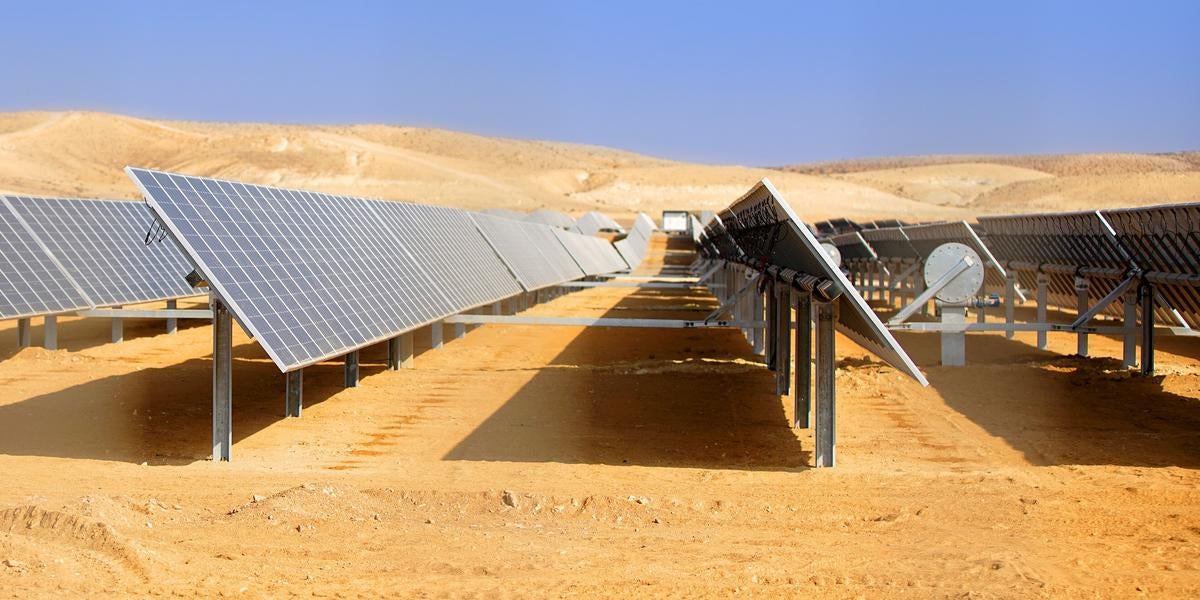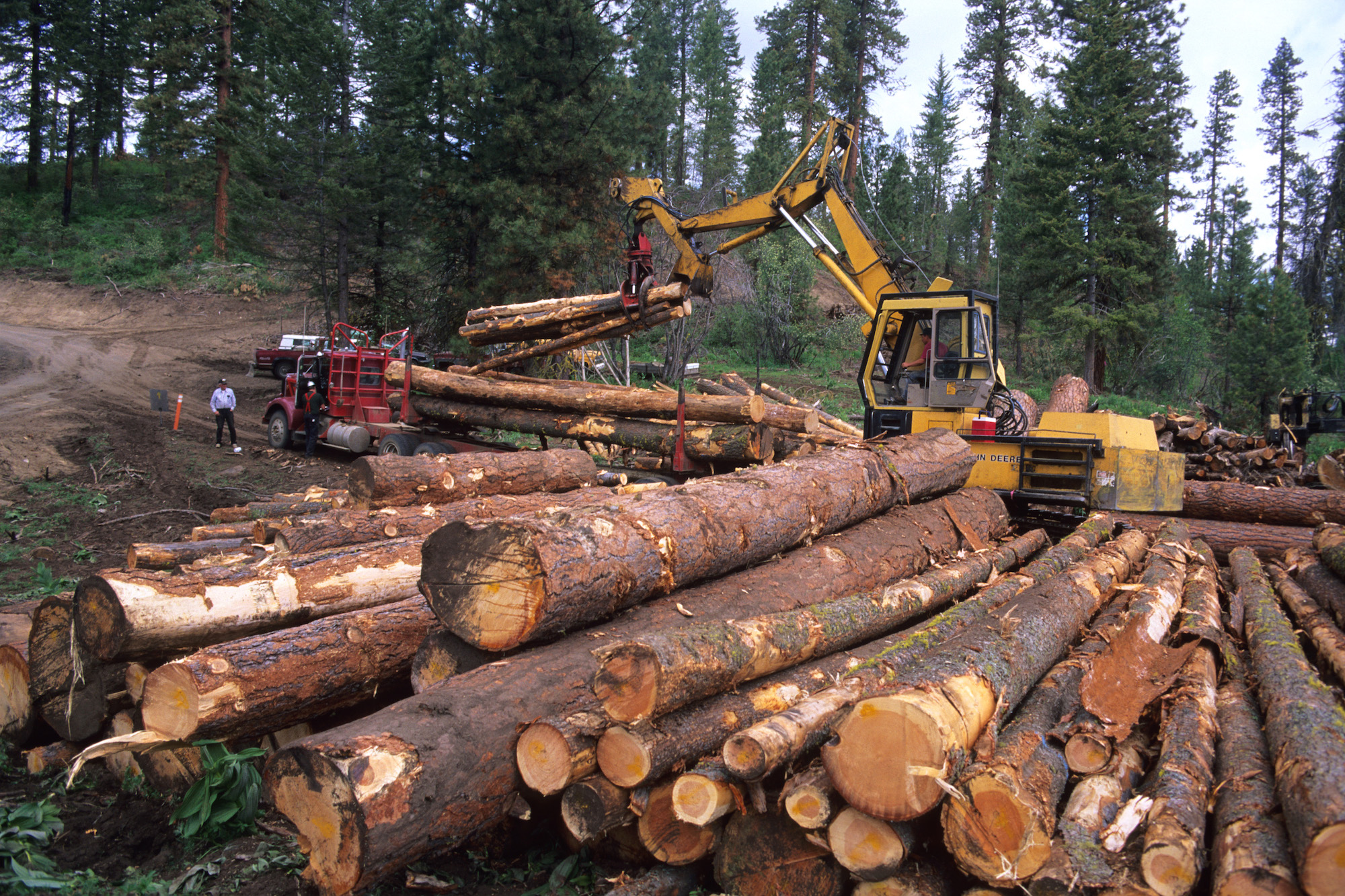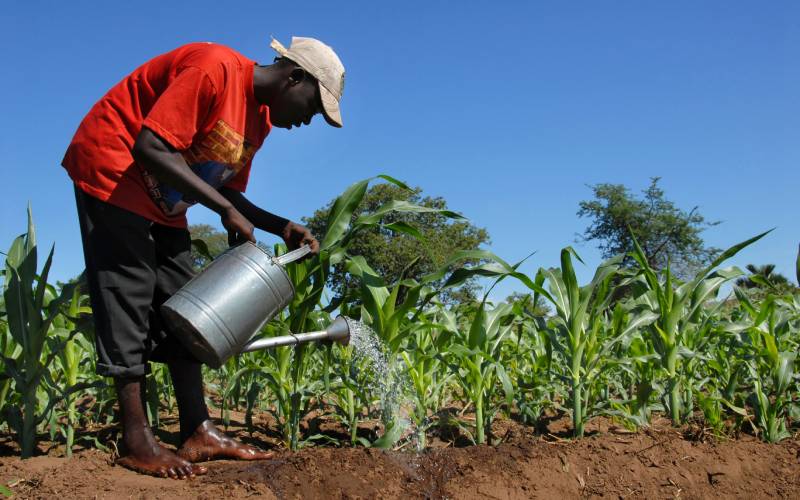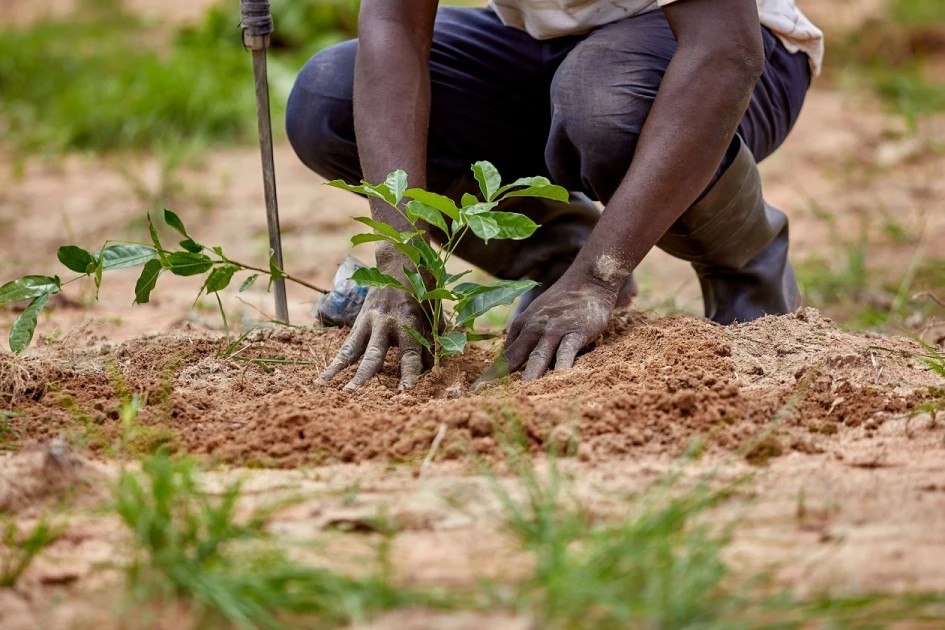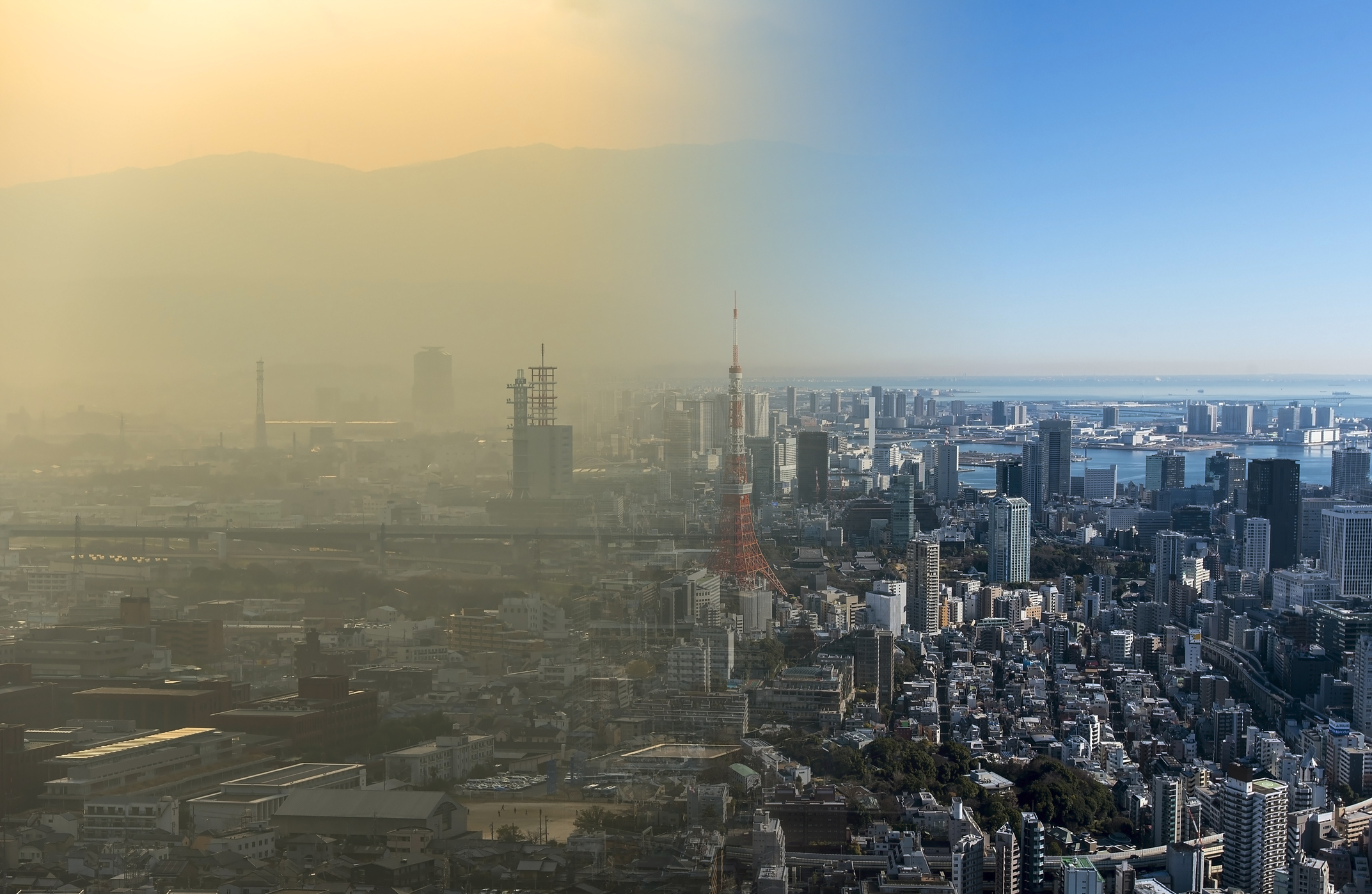- As the global push for renewables intensifies, United Nations (UN) Secretary-General António Guterres has called on the international community to act boldly.
To help curb the effects of climate change, experts have long advocated for a transition to green energy with solar power standing out as one of the most accessible and sustainable options.
But even solar energy isn’t immune to climate risks. Studies show that dust storms can slash solar output by up to 90 percent in minutes, turning a clear-sky advantage into a sudden energy deficit.
In a study published in the Journal of Advances in Modeling Earth Systems (JAMES), scientists revealed that dust storms not only block sunlight but also coat solar panels, reducing their efficiency and power output. It’s a double blow, less light and more grime.
In Kenya, solar-powered solutions are largely concentrated in Arid and Semi-Arid Lands (ASAL) counties like Marsabit, Turkana, and parts of Isiolo. These regions are ideal for solar deployment because of:
High solar irradiance: Receiving over 5.5–6.5 kWh/m²/day on average.
Read More
Low cloud cover: Minimal rainfall and cloudiness ensure consistent solar exposure.
Sparse population: Easier land acquisition for solar farms.
But sparse populations also mean sparse vegetation. In these arid zones, lack of plant cover leaves soil exposed, and without roots to hold it down, wind easily lifts sand and dust into the air fueling the very storms that threaten solar infrastructure.
To tackle this challenge, scientists from the Chinese Academy of Sciences have developed a forecasting tool called iDust. This innovation offers a major leap forward in predicting dust storms and protecting solar energy systems.
Unlike traditional models, iDust integrates dust processes directly into the dynamical core, delivering higher-resolution forecasts (10 km vs. 40 km)with only a modest increase in computing power. It can generate 10-day dust forecasts within six hours of observation, outperforming older systems like ECMWF that take longer and offer less detail.
As the global push for renewables intensifies, United Nations (UN) Secretary-General António Guterres has called on the international community to act boldly.
“Seize this historic opportunity and supercharge the global shift towards a better future for all,” he urged a rallying cry that resonates deeply in regions like northern Kenya, where solar energy is both a lifeline and a frontier.

